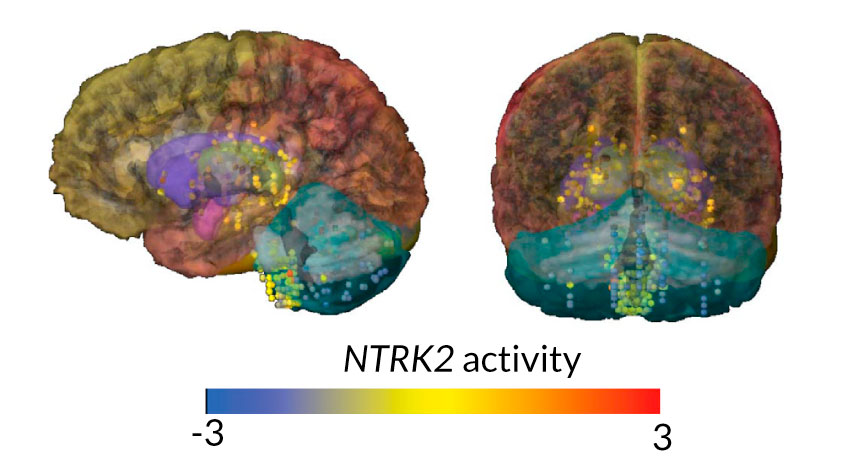Human genes often best Neandertal ones in brain, testes

Humans and Neandertals are still in an evolutionary contest, a new study suggests.
Geneticist Joshua Akey of the University of Washington in Seattle and colleagues examined gene activity of more than 700 genes in which at least one person carried a human and a Neandertal version of the gene. Human versions of some genes are more active than Neandertal versions, especially in the brain and testes, the researchers report February 23 in Cell. In other tissues, some Neandertal versions of genes were more active than their human counterparts.
In the brain, human versions were favored over Neandertal variants in the cerebellum and basal ganglia. That finding may help explain why Neandertals had proportionally smaller cerebellums than humans do. Neandertal versions of genes in the testes, including some needed for sperm function, were also less active than human varieties. That finding is consistent with earlier studies that suggested male human-Neandertal hybrids may have been infertile, Akey says.
But Neandertal genes don’t always lose. In particular, the Neandertal version of an immunity gene called TLR1 is more active than the human version, the researchers discovered.
Lopsided gene activity may help explain why carrying Neandertal versions of some genes has been linked to human diseases, such as lupus and depression (SN: 3/5/16, p. 18). Usually, both copies contribute equally to a gene’s total activity. Less robust activity of a version inherited from Neandertals might cause total activity to dip to unhealthy levels, for instance.